Win At All Costs - Part 2
Last week’s article looked at those who aimed to cheat in order to prosper from sport either by taking out fellow competitors, fooling referees and officials, or trying to rig a result (usually) for monetary gain.
As we ascertained in last week’s post, although there may be occasions where the culprits have perhaps prospered without drawing attention to themselves, more often than not these cheats do get caught out. It doesn’t seem to stop people trying though, with the lure of the gain they stand to make often seeming to be greater than playing fair in the first place.
This week, we are going to focus more on those who have been caught cheating pretty much solely with the goal of winning, either by making themselves look better, or by enabling themselves to be stronger or go faster for longer. These are the ones who end up making the headlines for all of the wrong reasons. The ones that have ensured that regulations have had to become more stringent and due to whom testing has vastly increased virtually across the board. These are the drug cheats.
My first memory of a drug cheat was actually in an arena that isn’t always as commonly thought of as a place where performance enhancing drugs are as rife. Football.
I wrote previously about how the World Cup in the USA in 1994 was the spectacle that made me fall in love with the international game and the catalyst for me wanting to learn more and more about players from across the world as well as just those that I was exposed to on a regular basis. I was sucked in by the glitz and the glamour, the dancing fans and the face paint, the skills on show and the wonderful goals scored.
As a child though, the image that stayed with me wasn’t Baggio standing alone after missing the final penalty, the Brazilians rocking imaginary babies in celebration or the wild hairstyles of Valderrama and Lalas. The image that stayed with me was of a madman, virtually frothing at the mouth, screaming into the camera, eyes bulging in a moment that was meant to be of celebration.
That man was Diego Armando Maradona, mentioned also last week, and it was clear that something wasn’t quite right. I had been told about the great player that he was but at that age I wasn’t fully aware of the story that went with the man - the genius and wonderful goals but also the links to the mafia and the cocaine use. Sitting on my couch, watching Argentina dismantling Greece in their opening match, all I knew was that this wasn’t normal. And I was right.
Maradona also played in the second game against Nigeria, playing a part in both Argentinian goals but then failed a drug test which showed that he had ephedrine in his system. At that point Maradona was at the tail end of his career and certainly wasn’t consistently the player he had previously been, but there was still national pressure on him to perform, and the drug would have provided an effect similar to adrenaline which would have given him the boost that he obviously felt he needed. The problem is that this boost was illegal, it was clear for the whole world to see that it had effected him, and Maradona was kicked out of the tournament. His team followed him shortly afterwards, being knocked out in the Last 16 by surprise packages Romania. Not the end to a World Cup career that the great man would have wished for.
Another instance from my childhood of realising that something wasn’t quite what it should be was brought back to me last week upon watching the Netflix documentary Mr McMahon, based around the life, career and scandals of the infamous professional wrestling promoter.
One of the main selling points of the world of sports entertainment are the larger than life characters and the physically imposing presence of many of the performers. This was even more so in the late ‘80s and early ‘90s when I grew up watching (the sport has certainly become more athletic in nature over the decades with many of the stars now having more ‘regular’ or attainable physiques). In those days though, some of the stars looked frankly ridiculous with muscles upon muscles upon muscles. Again, even as a child, I could work out that this wasn’t what a person was meant to look like, even a larger than life one. This didn’t seem like something that was achievable.
As it turns out I was right again. One of the big parts of the documentary surrounded the steroid scandal of the early ‘90s where McMahon himself was implicated in providing steroids to his own wrestlers in order for them to attain the ‘star’ look that he required. He was acquitted of charges but it was obvious to all that many of the athletes that we marvelled at through our screens were ‘juiced up’ and, knowing a lot more about wrestling know than I did back then, there have been many tragic circumstances that have come from the excessive drug use of the performers. Mix this with excessive use of pain medication, that isn’t always available over the counter, to deal with the fallout of a lifetime spent attaining bumps and bruises and it really is a recipe for disaster. Again, a clear case of short term gain but long term problems caused by the use of drugs to enhance look and performance.
Another book that I have finished reading over the last couple of weeks is the flashback to the ‘80s Butch Wilkins and the Sundance Kid by Nige Tassell. The book is a celebration of the wonderful presentation of televised sport throughout the decade that created memories for a whole generation and made names of not just the stars but the presenters and commentators as well. It is well worth a read if you fancy a bit of nostalgia.
One of the major talking points towards of the end of the book surrounds one of the biggest events of the decade, the Olympics of 1988 in Seoul. These Olympics were memorable at the time for not only hosting brilliant performances but also for being the first Olympics in 12 years where athletes from all nations competed following a series of boycotts. However, it also became infamous for one of the biggest drug scandals in the history of athletics.
I am not old enough to have remembered it at at the time itself but I do remember being aware of the name Ben Johnson from a fairly young age. Johnson’s times in smashing the field to win the 100m seemed too good to be true and as it turns out, they were. Three days after his victory, Johnson failed a drug test for steroid use and was stripped of his title, also putting the entire games under a black cloud. His was a cautionary tale of being too desperate to win and achieve eternal glory.
However, it was a cautionary tale that not everyone paid attention to. One of the star athletes of the Sydney 2000 Olympics was American sprinter Marion Jones. Sitting up during the night to watch, I was mesmerised by the tall, muscular woman who dominated her opposition at times and wound up winning five medals (three gold and two bronze), one in each of the events that she entered. Like Johnson, Jones’s times in winning were very impressive, but unlike the Canadian star, she didn’t fail any drugs tests.
Rumours of drug use followed Jones around though, particularly after her husband and coach, CJ Hunter, failed a drug test of his own during the Sydney games. Jones maintained her innocence though, even later when she continued to be implicated in the scandal surrounding the BALCO company who had been providing steroids to many athletes.
Eventually, seven years after the event, Jones finally admitted to having lied under questioning and came clean to say that she had been using steroids in the preparation for, and during, the 2000 Olympics and later in her career. She was subsequently stripped of her titles which were then awarded to others. Victory in this manner for those athletes is just not the same though and they have essentially been stripped of their own wonderful winning moments due to somebody else cheating.
The word of athletics is very murky in terms of drugs, despite rigorous testing. There are still often stories of athletes mysteriously missing tests and being under investigation. Too many top names over time, Tyson Gay, Dwain Chambers and Justin Gatlin immediately spring to mind, have had their careers tarnished by failing drugs tests. The sport is working hard to ensure it is clean, but there is still a long way to go.
The BALCO scandal was huge at the time and stretched further than just athletics. Another sport implicated in a big way was that of baseball, particularly due to the involvement of Barry Bonds who holds the record for most career home runs as well as most home runs in a single season. 2001 was another year where I spent many a late night/early morning watching on Channel 5 and wondering if Bonds would break the record of Mark McGwire (he eventually beat him by three). The Bonds case is interesting as, although there were steroids found in his system, there has been a lot of contention, particularly on the part of the man himself, that he knew anything about taking illegal substances. He was later found guilty of perjury and not being fully honest during the initial trial but, for the moment, his records still stand.
The final, and perhaps most famous, scandal that I am going to discuss today took place in another sport that had been consistently named over the years as being a place where drug taking is rife - cycling. The incredible, often superhuman, effort that cyclists put themselves through regularly, particularly when taking part in the great ‘Tours’, means that it probably isn’t of great surprise that some have tried to enhance their performance or recover more quickly but it doesn’t make it right. Like athletics though, rumours continue to persist.
When I was at university, wrist bands became a huge thing at one point. Looking around my fellow students, many had different coloured strips of rubber around their wrists, providing a fashion statement, but also showing support for one cause or another. White was for Make Poverty History and pink was for Breast Cancer Awareness, but the most famous band by far was the yellow Livestrong band to raise awareness of cancer survivors which was championed by cyclist Lance Armstrong.
Released in 2004, the bands were a huge hit and Armstrong was five wins in to his incredible seven straight victories in the Tour de France at the time. The American’s tale was a publicist’s dream - a good but not great competitor who had then been diagnosed with testicular cancer, beat the vicious disease, and then come back with more drive and fight than ever to become the most successful cyclist of all time. During his years on top he was everywhere, and cycling gained far greater exposure and popularity as a result. In truth, it had never been something that I had previously taken much interest in but, during those years, I definitely tuned in to watch Armstrong and his US Postal/Discover teammates sprint past fields and drive over mountains in search of god-like status.
There had been questions about Armstrong since his first victory in 1999 but the man himself vehemently denied any wrongdoing and the fairytale story was a far better one at the time than the negative one. Armstrong continued to dominate and tell his story of strength and revival. Like so many others though, in the end it was a story that was just too good to be true. In 2012, seven years after his final Tour win, Armstrong was proven to have used performance enhancing drugs over the entire course of his cycling career and, not only that, had also been a leader in a scandal that stretched much further than just himself. He was stripped of all of his titles and banned from the sport for life. Yet another case of an athlete taking the laws of their sport into their own hands at the expense of others.
Unfortunately, the cases mentioned in this post are by no means an exhaustive list of drug cheats in sports. In fact, they probably don’t even scratch the surface. What they represent though is a flavour of some of the major cases that I remember following from personal experience that draw attention to the lengths that some athletes will go to in order to attain greatness.
The use of drugs in sport does not seem to be going away but there are positive steps in terms of the number of drug tests available and the rigorousness of these. Hopefully this will continue to the point where it can always be abundantly clear that our heroes have achieved what they have purely down to their own athletic prowess.

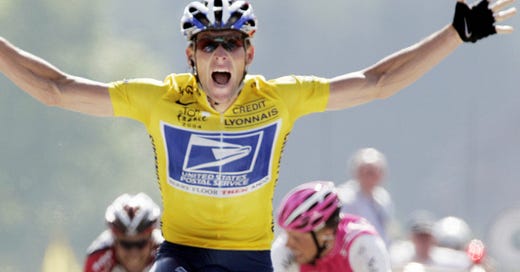



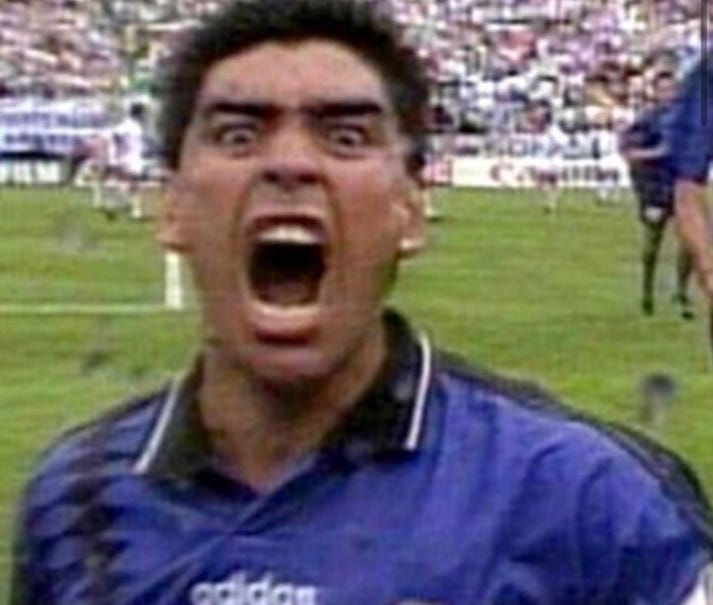
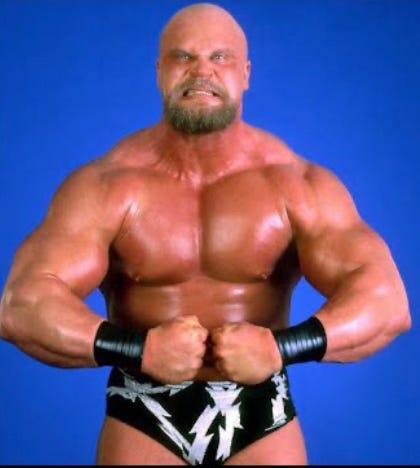
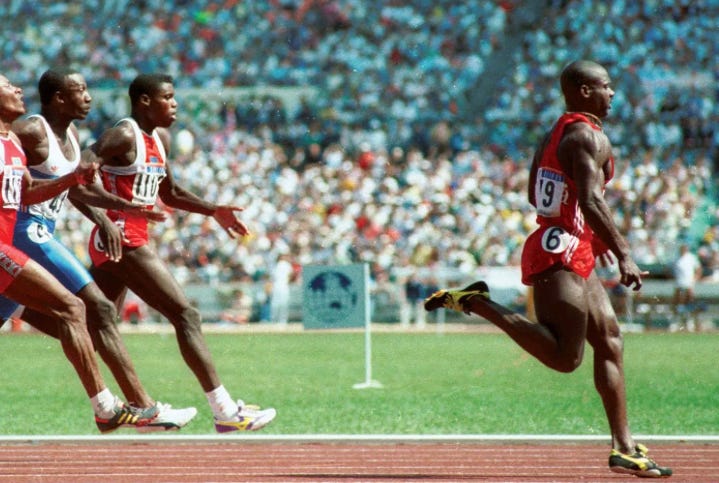
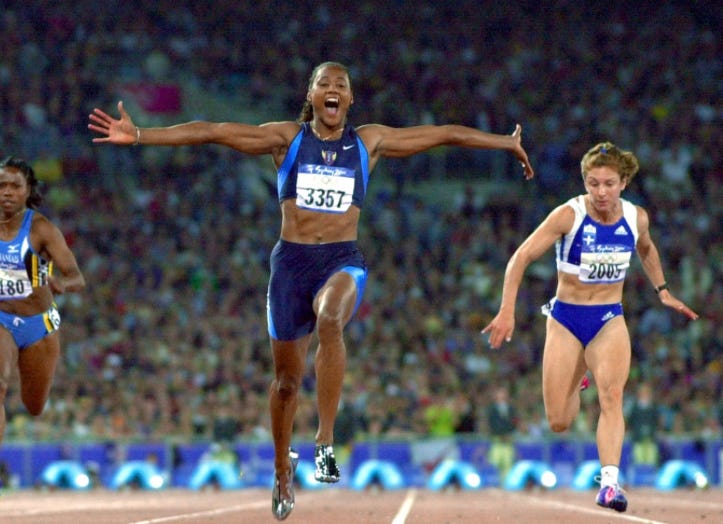


Great Part 2 cheating in sport blog, Sam. Reading your blogs is like reading a Saturday Times Bestseller, riveting and unputadownable. Keep them coming. Broughty Ferry fan.